Life
Sign up for our newsletter
We summarize the week's scientific breakthroughs every Thursday.
-
 Life
LifeLike bees of the sea, crustaceans ‘pollinate’ seaweed
Crustaceans shuttle around red algae’s sex cells, helping the seaweed reproduce in a manner remarkably similar to flower pollination.
By Jake Buehler -
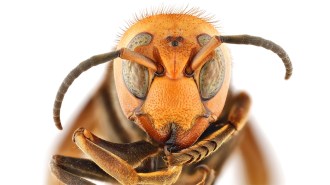 Animals
Animals‘Murder hornets’ have a new common name: Northern giant hornet
Anti-Asian hate crimes helped push U.S. entomologists to give a colorful insect initially dubbed the Asian giant hornet a less inflammatory name.
By Susan Milius -
 Anthropology
AnthropologyFamine and disease may have driven ancient Europeans’ lactose tolerance
Dealing with food shortages and infections over thousands of years, not widespread milk consumption, may be how an ability to digest dairy evolved.
By Bruce Bower -
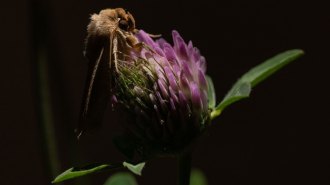 Life
LifeMoths pollinate clover flowers at night, after bees have gone home
Camera footage reveals that moths make roughly a third of the visits to red clover, highlighting the overlooked role of nighttime pollinators.
By Jake Buehler -
 Humans
HumansAncient DNA links an East Asian Homo sapiens woman to early Americans
Genetic clues point to a Late Stone Age trek from southwestern China to North America.
By Bruce Bower -
 Neuroscience
NeuroscienceHerminia Pasantes discovered how taurine helps brain cells regulate their size
Mexican scientist Herminia Pasantes spent decades studying how nerve cells regulate their size and why it’s so vital.
-
 Paleontology
Paleontology50 years ago, the dinosaurs’ demise was still a mystery
In 1972, scientists blamed dinosaur biology for the reptiles’ demise. Years later, researchers ID’d the real killer: an apocalyptic asteroid.
-
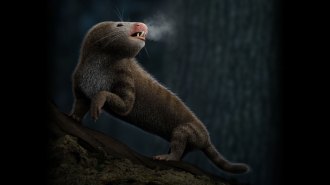 Paleontology
PaleontologyMammal ancestors’ shrinking inner ears may reveal when warm-bloodedness arose
An abrupt shift in inner ear shape of mammal ancestors 233 million years ago, during a time of climate swings, points to evolution of warm-bloodedness.
-
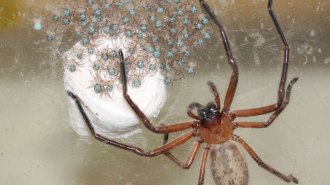 Animals
AnimalsThese huntsman spiders do something weird: live together as a big, happy family
Five unusual species of spider moms let youngsters live at home way past the cute waddling baby phase.
By Susan Milius -
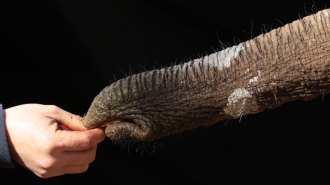 Life
LifeThe top side of an elephant’s trunk stretches more than the bottom
New research on elephant trunks could inspire different artificial skins for soft robots.
By Meghan Rosen -
 Animals
AnimalsDo gophers farm roots? It’s not as clear as viral articles claim
Pocket gophers aerate and fertilize the soil in a practice that encourages rudimentary food production, researchers claim. But not everyone agrees.
-
 Tech
TechThis octopus-inspired glove helps humans grip slippery objects
The human hand, for all its deftness, is not great at grasping slippery stuff. A new glove aims to change that.